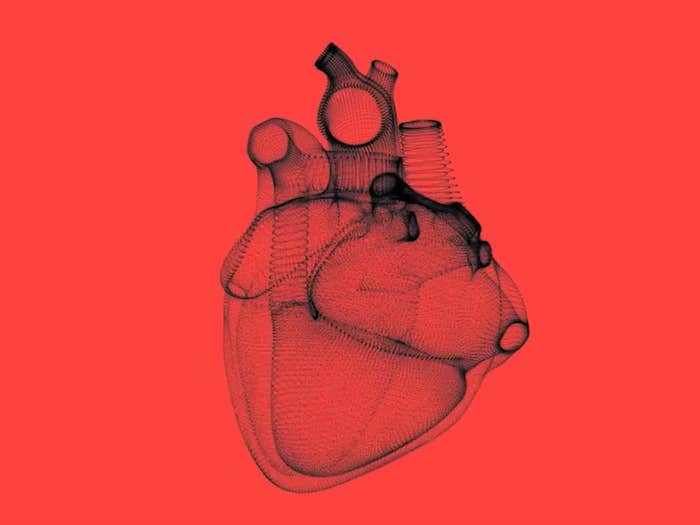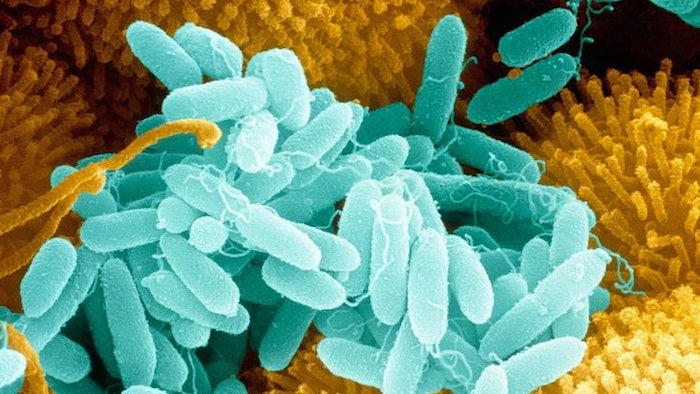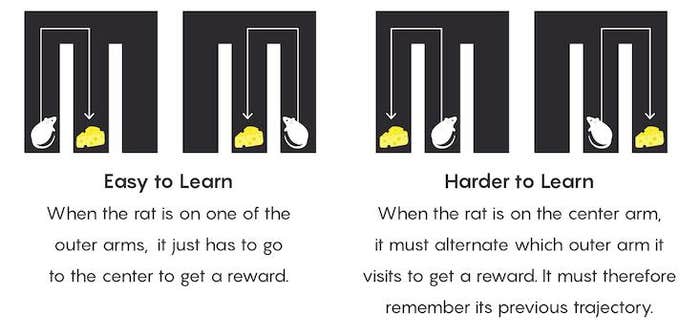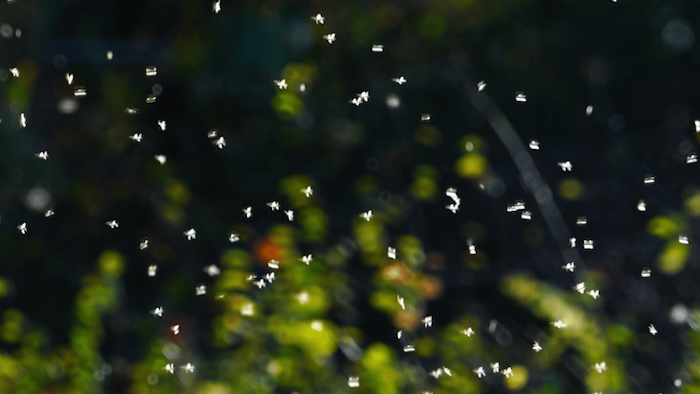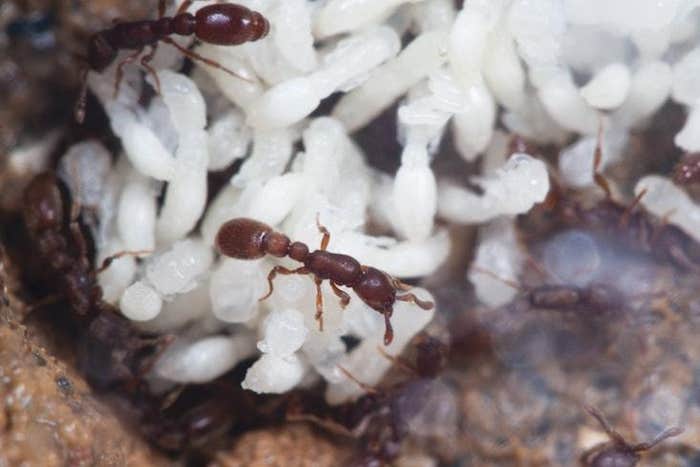Jordana Cepelewicz
Why Your Brain’s Sense of Time Is So Elastic
Our sense of time may be the scaffolding for all of our experience and behavior, but it is an unsteady and subjective one, expanding and contracting like an accordion. Emotions, music, events in our surroundings and shifts in our attention all have the power to speed time up for us or slow it down. When […]
How Your Heart Influences What You Perceive and Fear
Reprinted with permission from Quanta Magazine‘s Abstractions blog. Nautilus Members enjoy an ad-free experience. Log in or Join now . We consider the brain the very center of who we are and what we do: ruler of our senses, master of our movements; generator of thought, keeper of memory. But the brain is also rooted […]
Biodiversity Alters Strategies of Bacterial Evolution
Reprinted with permission from Quanta Magazine’s Abstractions blog. Nautilus Members enjoy an ad-free experience. Log in or Join now . In the closing paragraph of On the Origin of Species, Charles Darwin urged readers to “contemplate a tangled bank, clothed with many plants of many kinds, with birds singing on the bushes, with various insects flitting […]
In Brain’s Electrical Ripples, Markers for Memories Appear
Reprinted with permission from Quanta Magazine’s Abstractions blog. Nautilus Members enjoy an ad-free experience. Log in or Join now . It’s very easy to break things in biology,” said Loren Frank, a neuroscientist at the University of California, San Francisco. “It’s really hard to make them work better.”Yet against the odds, researchers at the New York […]
How Swarming Insects Act Like Fluids
Reprinted with permission from Quanta Magazine’s Abstractions blog. Nautilus Members enjoy an ad-free experience. Log in or Join now . Starlings take to the sky in swirling vortices; ants teem like rivers. “They stretch, they move around, but they retain cohesion in a way you’d expect from a fluid moving,” said Nicholas Ouellette, a physicist at Stanford University. That’s why […]
What Defines a Stem Cell?
Our cells have more diverse regenerative capabilities than anyone expected.
How Insulin Helped Create Ant Societies
Reprinted with permission from Quanta Magazine‘s Abstractions blog. Nautilus Members enjoy an ad-free experience. Log in or Join now . Ants, wasps, bees, and other social insects live in highly organized “eusocial” colonies where throngs of females forgo reproduction—usually viewed as the cornerstone of evolutionary fitness—to serve the needs of a few egg-laying queens and their offspring. […]
Does Having Kids Make Mothers Age Faster?
Evidence is stacking up on both sides of an age-old debate.
If ET Calls, Think Twice About Answering
Why some say searching for ET is best done quietly.
The Multiverse As Muse
The uncertainty of quantum mechanics provided a perfect literary model for Modernist ideas.
















